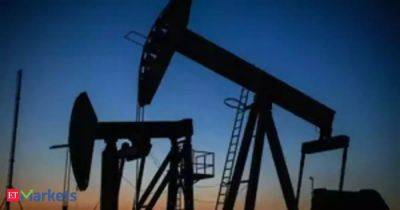What economists have learnt from the post-pandemic business cycle
monetarist ideas; the global financial crisis of 2007-09 spurred interest in credit and banking. Sure enough, the recovery from the covid-19 pandemic has given economists another chance to learn from their mistakes. Papers presented at the recent conference of the American Economic Association (AEA) offer clues as to the theories that might eventually become the received wisdom of the next generation.
One such paper takes a harder look at the Phillips curve, which describes a theoretical trade-off between unemployment and inflation. When unemployment is low, the logic goes, inflation should be higher, as competition for workers exerts upward pressure on wages. In turn, consumer prices rise.
Yet during the 2010s the curve appeared to have vanished. Unemployment kept falling but inflation stayed quiescent. Then, after the pandemic, the relationship suddenly seemed to re-exert itself: inflation rose as swiftly as unemployment fell.
At the AEA conference, Gauti Eggertsson of Brown University suggested that adding a kink to the (previously smooth) Phillips curve might rescue the concept. The idea is that, at a certain point—as the last available worker is employed—the relationship between inflation and unemployment suddenly becomes non-linear. “As you hire all the people you hit the maximum level of employment…there is only one way to go," he told the conference.
Beyond that point, inflation no longer rises smoothly as unemployment falls, but instead shoots up. Mr Eggertsson’s kink could explain both inflation’s absence in the 2010s and its sudden resurgence in 2021. To understand how inflation has recently faded without a rise in unemployment, he suggests examining how a tight labour market interacts with supply disruptions.
. Read more on livemint.com

























